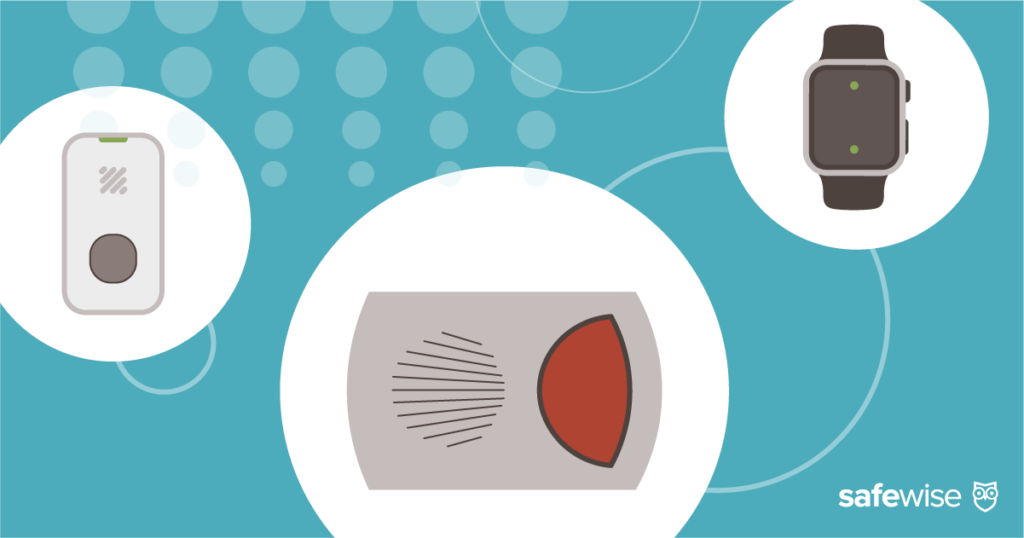Consistency in habits and behavior is key to helping your pet feel safe and not threatened throughout this transition. Anticipate any schedule changes (When will your dog be walked, fed, given treats, or played with? And who will do it?), and start easing the dog into these new habits before your baby is born.
If you plan on taking baby on your walks, you can even practice walking your dog with an empty stroller. It may sound silly, but simple changes like this can help both you and your dog get used to any new arrangements before the baby arrives.
If possible, bring a piece of clothing, a blanket, or a burp cloth with your little one’s scent home from the hospital to introduce the new smell to your dog before your new addition arrives. Hold the cloth and let your dog sniff it but not chew or play with it. This will help to associate a sense of care and control with baby’s scent.
When first bringing baby home, greet your dog alone or snap on a leash and take the dog on a walk before introducing them to the baby. This will minimize the chance of your dog jumping on or towards baby in surprise or pent up excitement.
Once baby is home, carefully supervise interactions between your pet and baby and gradually bring them nearer to one another. Keep your dog leashed and stand across the room from them. Once they’re calm, you and the baby can move closer. Reward your pet with treats or praise for good behavior, and don’t feel rushed—allow the connection to happen naturally. When you’re confident in your dog’s behavior, remove the leash and supervise a meeting in close proximity.




